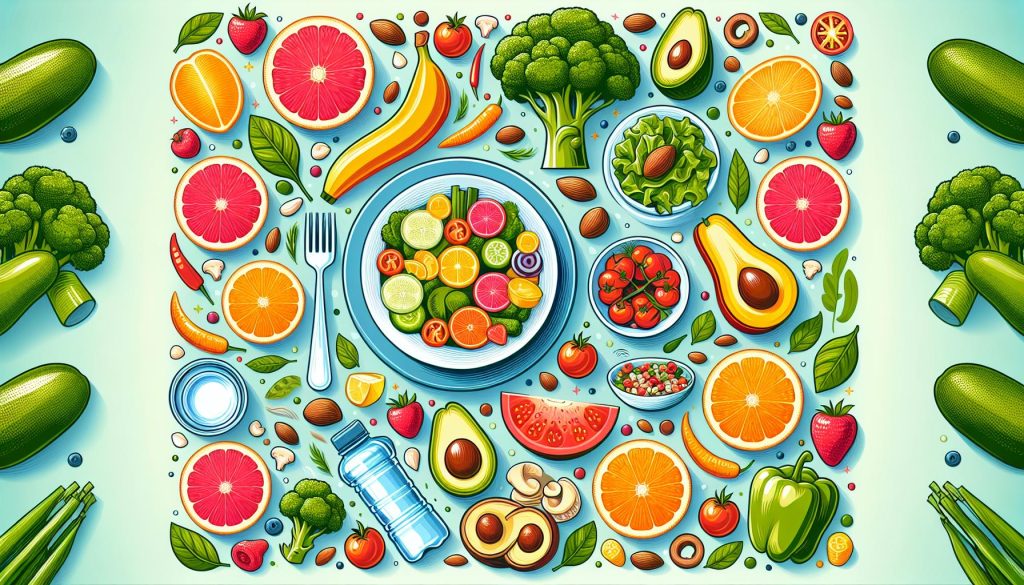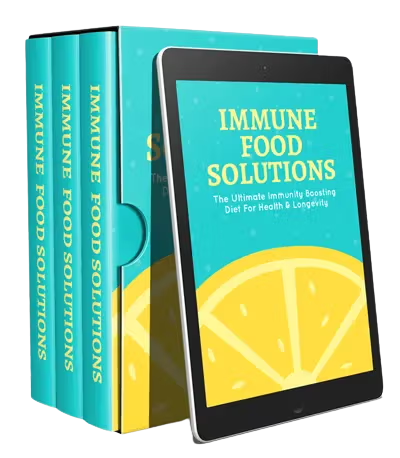
Introduction to Keto Alkaline Diet: The Perfect Amalgamation
What is a Keto Alkaline Diet and why should I care?
Simply put, the Keto Alkaline Diet is a clever combination of two popular dietary patterns. It embeds the benefits of a Ketogenic or ‘Keto’ Diet – a reduced-carb, higher fat diet – with the emphasis of an Alkaline Diet on food that affects the acidity or pH level in our bodies.
This fusion of dietary strategies offers a cornucopia of health advantages if done rightly. But, what foods should be on your plate, and which ones are a strict No-No for this wholesome regimen? Read on, as we delve deeper into the world of the Keto Alkaline Diet.
The Bishop and the Pawn: Foods to Eat and Avoid in Keto Alkaline Diet
What’s the deal-ish meal that’s real?
Keto Alkaline Diet isn’t a labyrinth with its quintessential food lists. Topping the chart are healthy, high-fat items, alkaline veggies, lean proteins, nuts, and seeds. As for carbohydrates, keep them minimal and from sources like berries or green apples. Pro-tip – choose organic, grass-fed, and unprocessed as much as possible to reap maximum benefits.
The Thorny Roses: Foods to Dodge in Keto Alkaline Diet
The Diet Buster Brigade- avoid these for your good!
Want to relish the full benefits of the Keto Alkaline diet? Then bypass foods that are highly acidic or chase your carb count through the roof. Bid adieu to sugars, alcohol, caffeine, processed or packaged foods, and peanuts. Also, curb starchy vegetables and fruits high in sugar.
Epic Balancing Act: Striking a Balance in the Keto Alkaline Diet
The Scale of Deciding: Finding your middle ground!
It might seem like a tightrope walk, but balancing the Keto and Alkaline part of your diet can be straightforward. Strive for a diet that is 60-75% fat, 15-20% protein, and 5-10% carbs. And, chase for a balance of 70-80% alkaline foods with the rest being slightly acidic.
Avoiding the Keto Flu: Managing the transition to a Keto Alkaline Diet
Flyover the keto flu – your transition ticket!
The transition to a Keto Alkaline Diet might feel rocky, with symptoms such as fatigue, headache, or irritability. But don’t let this ‘keto flu’ deter you. Ensure you’re drinking enough water and getting sufficient electrolytes. Gradually phase into the diet rather than taking a plunging leap, and you’ll have a far smoother ride.
Conclusion: A Healthful Harmony
In summary, the Keto Alkaline Diet is less of a diet and more of a lifestyle change. By eating the right foods and avoiding the wrong ones, you create a balance in your body that may lead to improved health and wellbeing. Furthermore, the emphasis on high-quality proteins, fats, and alkaline foods enhances preventative measures for common diseases. Remember, balancing is the key – balance your macros on one side and alkalinity on the other.
Frequently Asked Questions
1. How does the Keto Alkaline Diet aid in weight loss?
Your body turns to burn fats for energy on a Keto Alkaline Diet. Consequently, it can help you shed weight and also curb cravings by maintaining stable blood sugar.
2. Aren’t all fats bad for health?
Not at all! Healthy natural fats from foods like avocados, coconut oil, or almons provide your body with vital energy and keep you satiated.
3. How do I know if my body is in a state of ketosis?
Symptoms like increased focus and energy, reduced hunger, or weight loss can signal ketosis. For confirmation, you can use a home test kit.
4. Do I need to calculate pH levels while following a Keto Alkaline Diet?
Not really. Stick to the recommended food guidelines, and you will maintain the right balance.
5. What is a typical Keto Alkaline breakfast like?
Start your day with a smoothie. Toss in spinach, cucumber, almond butter, unsweetened almond milk, and a handful of blueberries – blend and serve!



